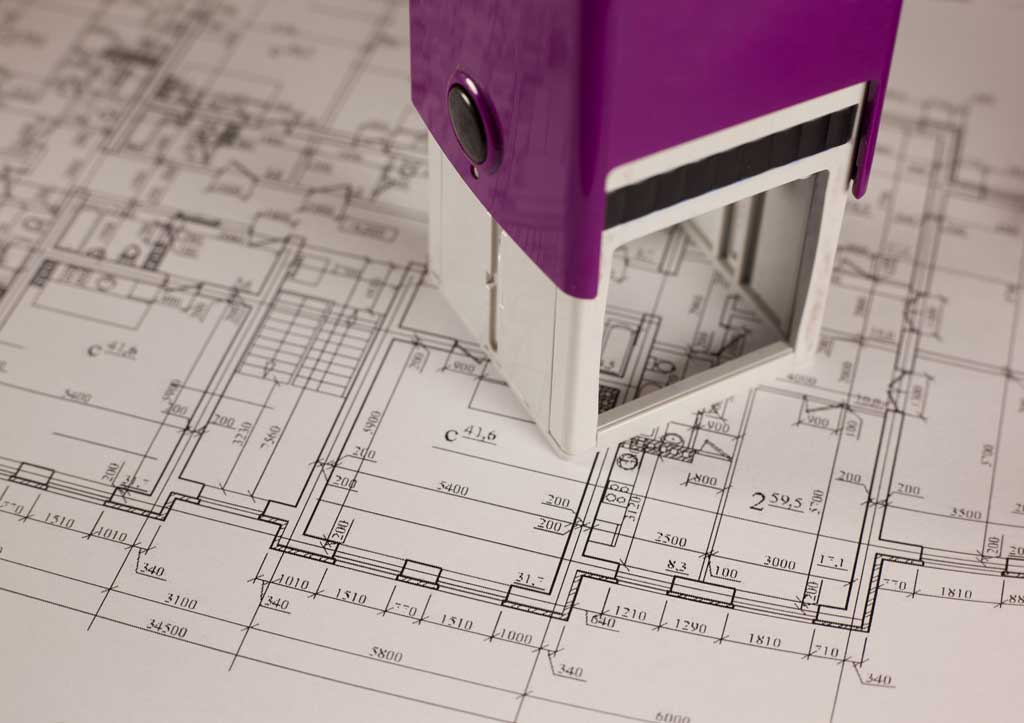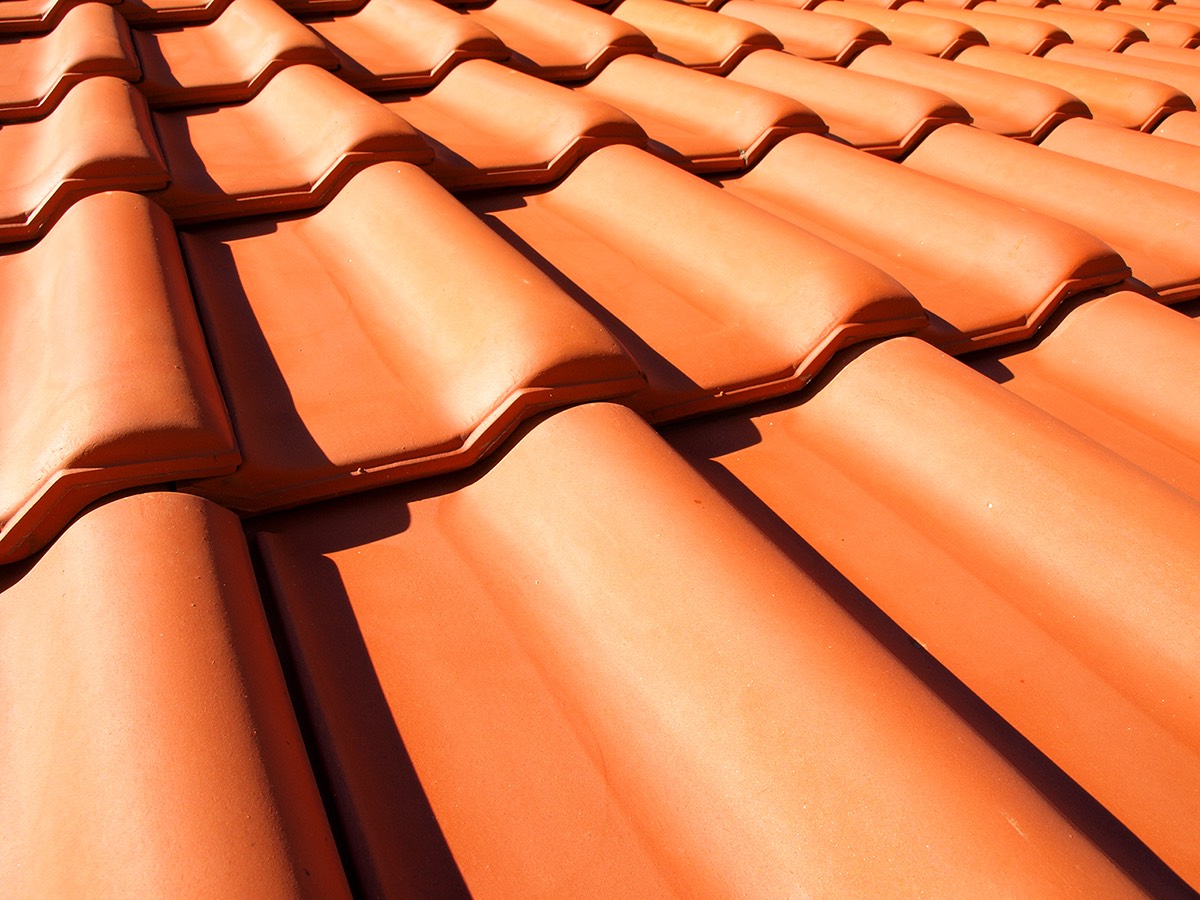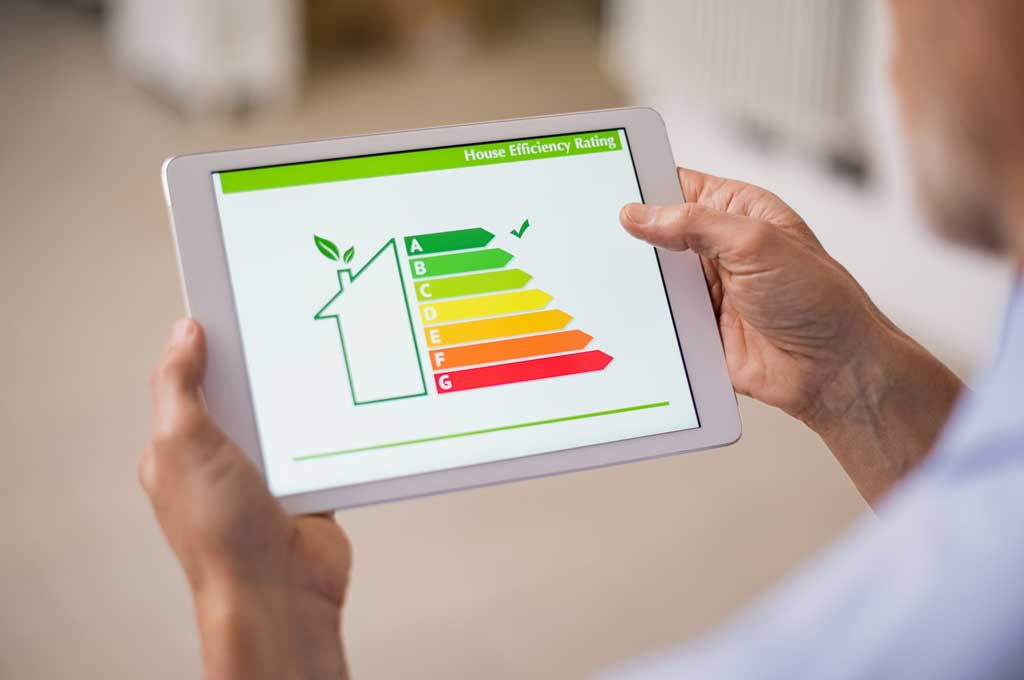What is a Cladover?
Cladovers are a cheap and not so cheerful roofing solution sold as a way of improving your conservatory roofs' thermal performance. They come in many shapes and sizes (e.g. internal clad over, external clad over, solid panel clad over).
We’re not a big fan of them here at Compare Conservatory Roofs, and for good reason. They are sold as a cheap solution to roof systems but like the saying goes, you get what you pay for.
Unlike solid roof systems where the entire roof structure is removed before a new roof structure is fitted. Cladovers simply add insulation and sometimes tiles to the current conservatory roof bars.
Conservatory roof bars were never designed for this additional weight and have the potential to collapse under the strain. And that’s without extensive snow piling up on top of it because it melts less now it is better insulated!
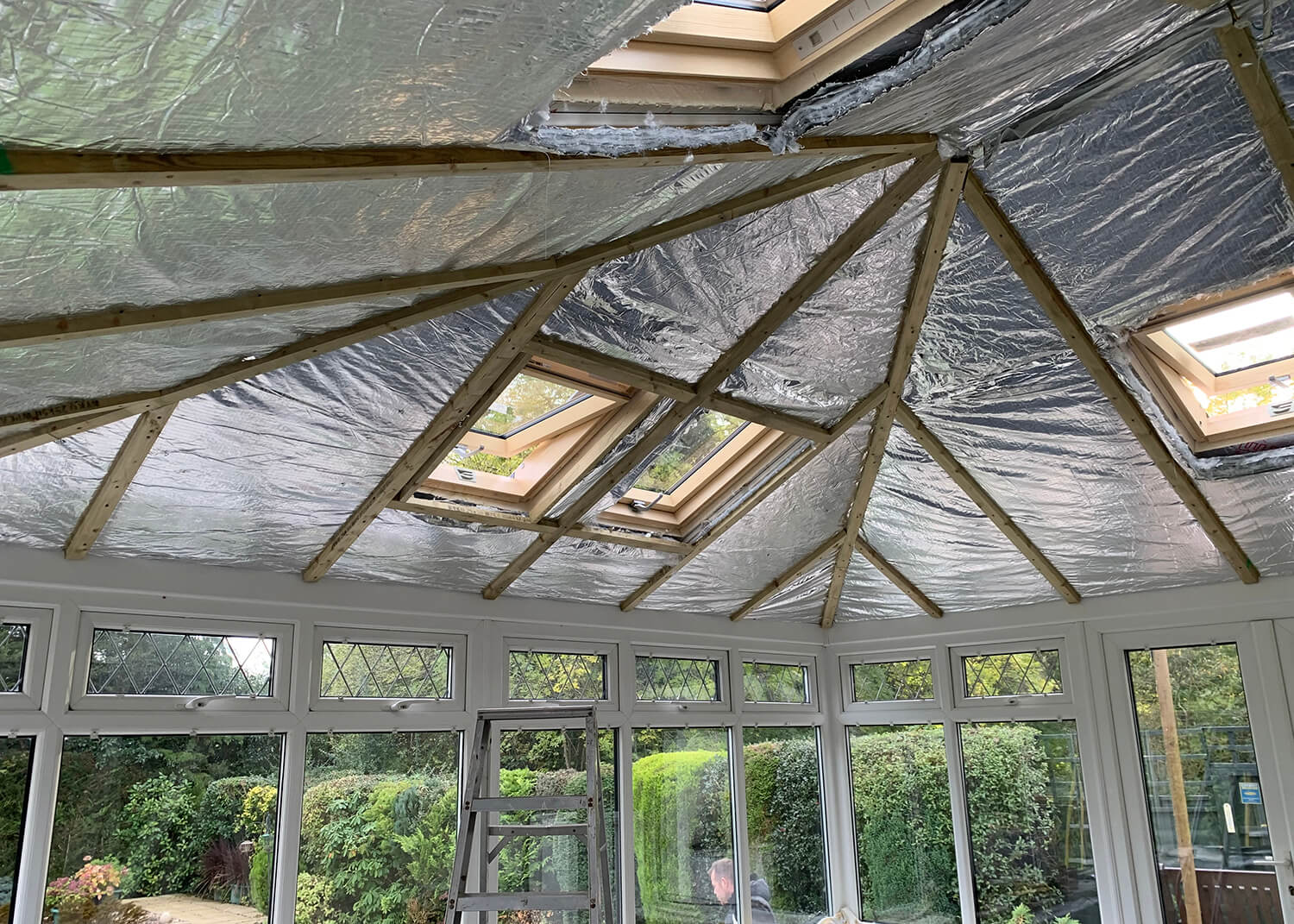
Risky Business, the Problem with Cladovers
A polycarbonate roof weighs around 12Kgm2 and a glass roof around 30kgm2 and although sometimes the glass is removed, cladover solutions are much heavier. They don’t even publish their weight numbers, which says a lot! How can you know it is safe?
However, here at Compare Conservatory Roofs, all our solid roof systems publish their weight numbers and are tried and tested. With us, you’ve got everything at your fingertips to make a good decision.
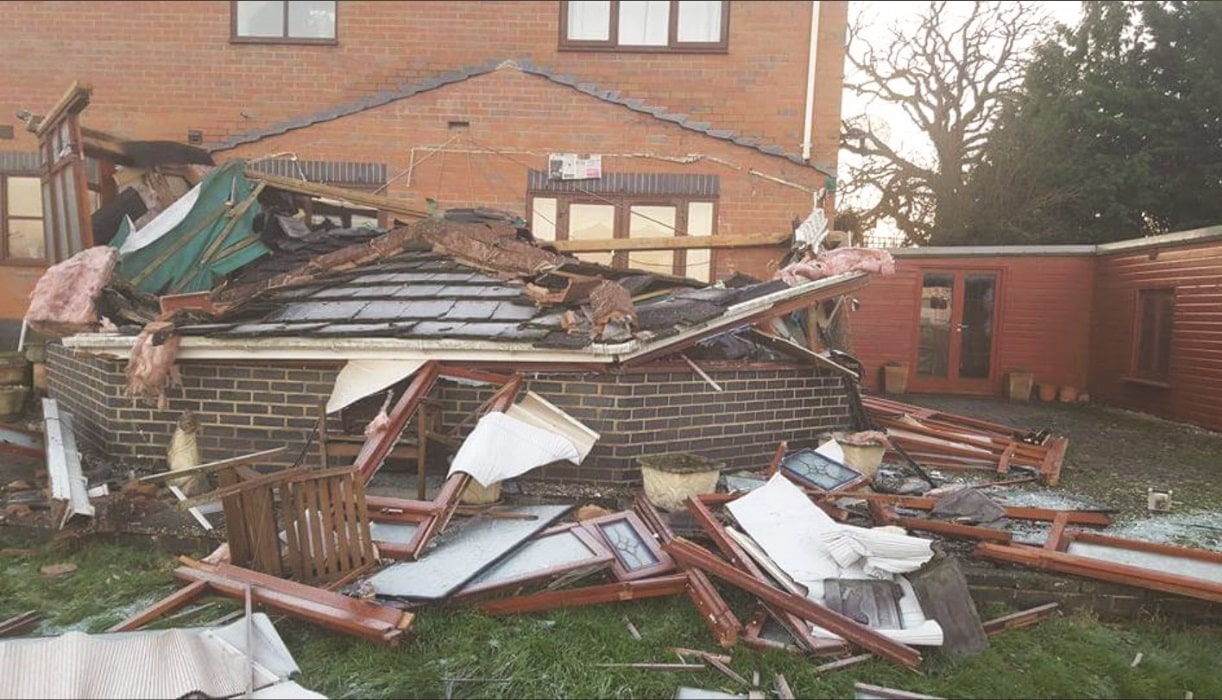
Safety
Cladovers don’t get on all too well with Building Regulations. They suffer from low structural performance which could even cause more trouble down the line. Save yourself the stress and look at our solid conservatory roofs instead.
Fire safety isn’t guaranteed either. The quality of cladovers vary so wildly that that they can’t be tested regularly. Not exactly reassuring when it comes to your peace of mind.
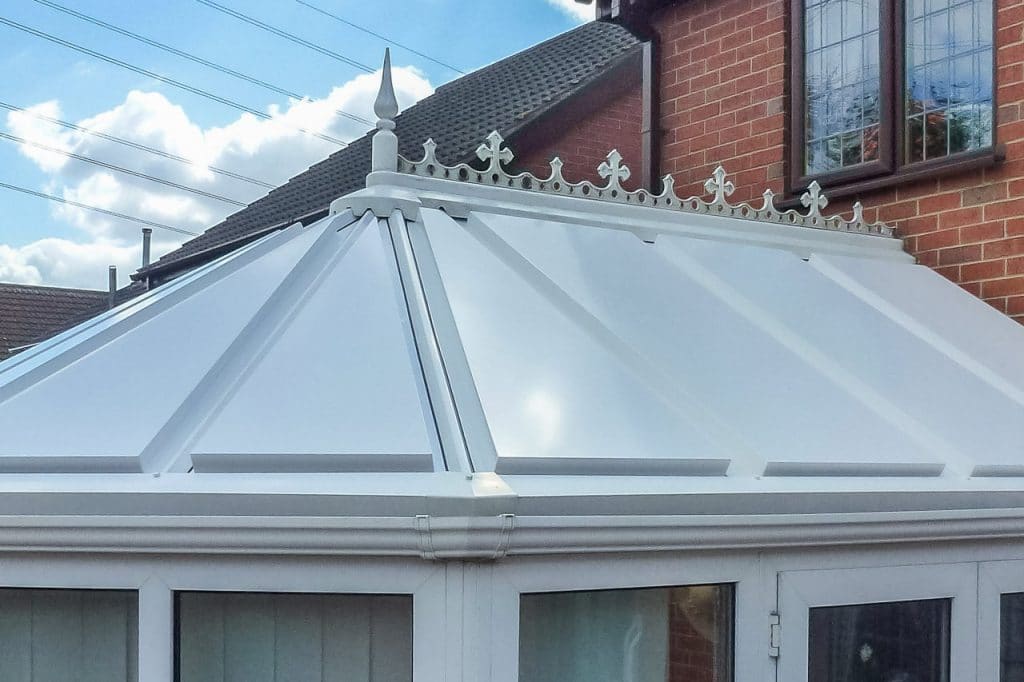
Too Much Timber in all the Wrong Places
Another quirk of cladovers is the tendency to add timber and other heavy weight to the length of the glazing bars. Whatever conservatory roof you have, it will have been specially designed by engineering software to fit together in a very specific way to stay strong and robust.
Structural calculations for conservatory roofs are complicated and adding heavy parts such as timber to these carefully calculated areas is a bad idea. Afterall, the cladover installer is unlikely to know how much weight your conservatory roof can handle. Why take the risk?

Condensation Risk
After attaching these new heavy parts to the conservatory roof, the next step is often to attach a thermal quilt followed by the actual cladding. A typical selling point for these cladovers is to shout about how this creates a complete thermal barrier, which is true. But that's not necessarily a good thing.
Having a complete thermal barrier without any ventilation leads to heat build up, which causes condensation creating risks of leaks, damp and cracked plaster. Again, this could also make the roof weaker over time and make a necessary replacement much quicker than you would like to. It can also make the existing panels gradually shift around, not something you want from your conservatory roof.

Dark and Gloomy Environment
You want your conservatory to be as light and airy as possible. That's another problem with cladovers. The insulation cladding creates an impenetrable surface with no options for rooflights. 80% of the light in a conservatory comes through the roof and the result is total eclipse, reducing light into the next room and turning a potentially warm and inviting conservatory into the complete opposite.
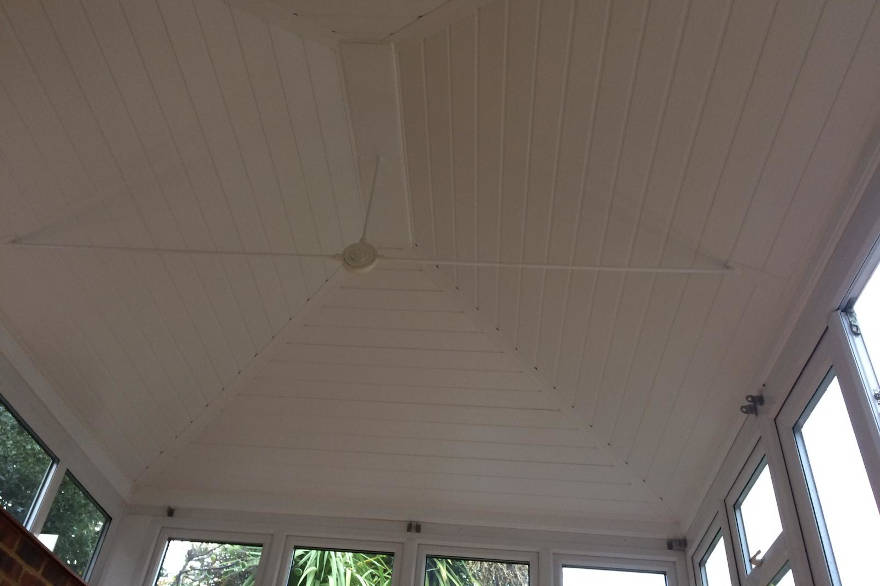
What’s the Solution?
Why put yourself through all the trouble of getting a cladover? You're much better off choosing a solid conservatory roof that provides great thermal insulation levels while also letting in a good amount of light and having great ventilation.
Do you and your conservatory a favour, and pick a solid roof that’s going to do your house long term justice.
Start Comparison
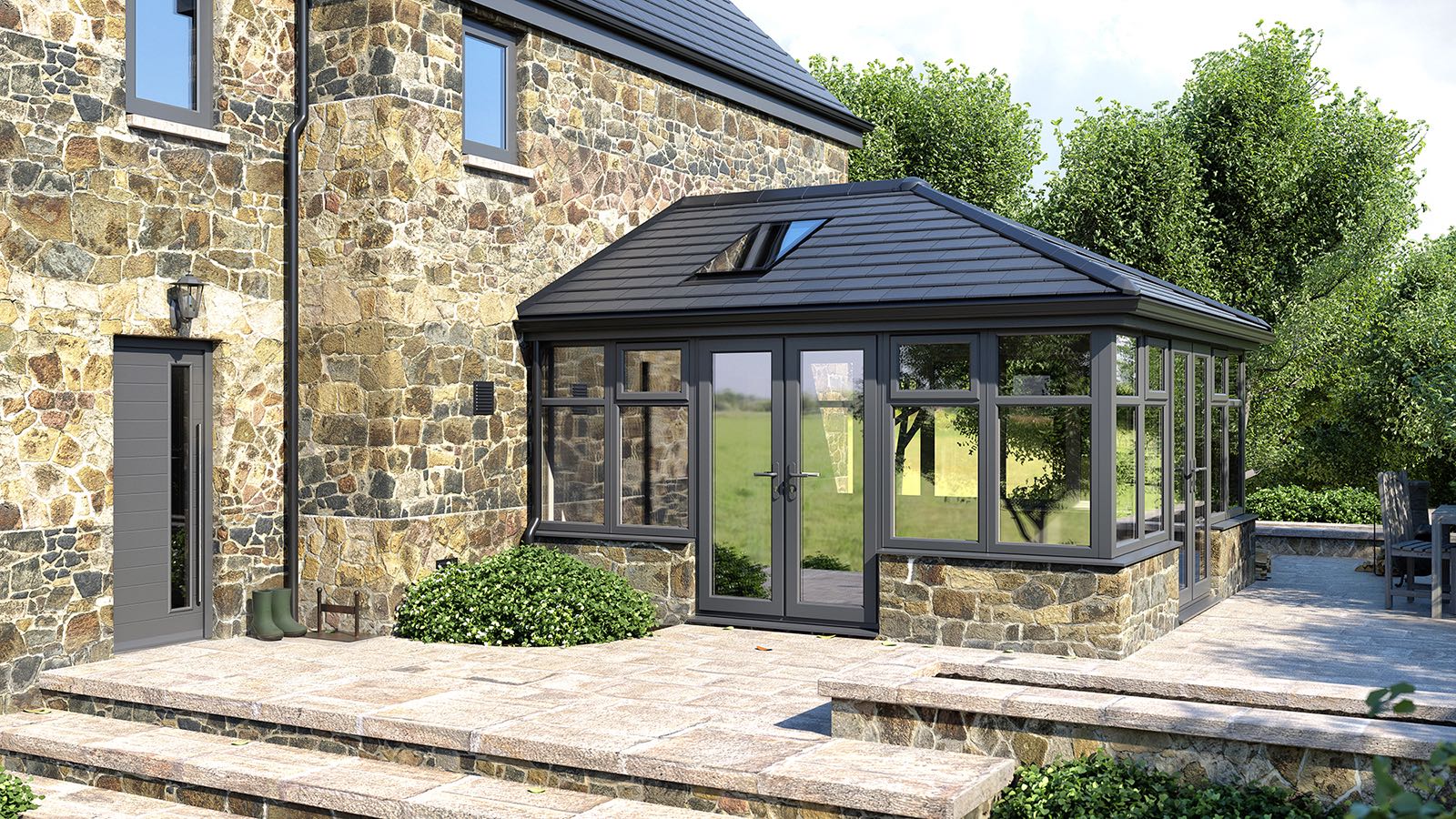
Frequently Asked Questions
-
What is the thermal barrier that cladovers provide?
- The thermal barrier is the main selling point, and in theory, it provides a much better insulation level for your conservatory roof if you have an older one. The trouble is, without ventilation, it's going to get very hot and stuffy in the height of summer and could lead to damp issues, and nobody wants that for their conservatory.
-
How much are cladovers?
- Some homeowners are drawn to cladovers for their cheaper prices, which seems like a good deal at a glance. But don't be fooled, while they may be cheaper up front, they're not exactly renowned for their quality and longevity plus without Building Regulations could cause you problems if you want to sell your house. As the old saying goes, if something is too good to be true it usually is.
-
What’s the problem with adding additional weight to my conservatory roof?
- Old conservatory roof systems are carefully designed and engineered with specialist software to the specific requirements of the build and location. The bars were not originally designed to take the extra weight of cladovers, this can lead to your cladover roof sagging and bowing which can create cracks in your plaster and leaks, and at worst a risk of collapsing.
-
What’s the best alternative?
- Do yourself a favour and go for a solid conservatory roof. We know they’re a little more expensive up front, but their high quality performance gives you more bang for your buck. They will keep your conservatory a consistent temperature all year round so you can sit back and relax.
-
Where do cladovers fit in with Building Regulations?
- Let’s just say they’re not their biggest fan. Unlike solid conservatory roofs that have approvals from regulatory authorities, cladovers are difficult for Building Control to approve and cladover companies will often tell you that you don't need approval, when you do. They could cause you a massive headache when it comes to trying to sell your property down the line.


